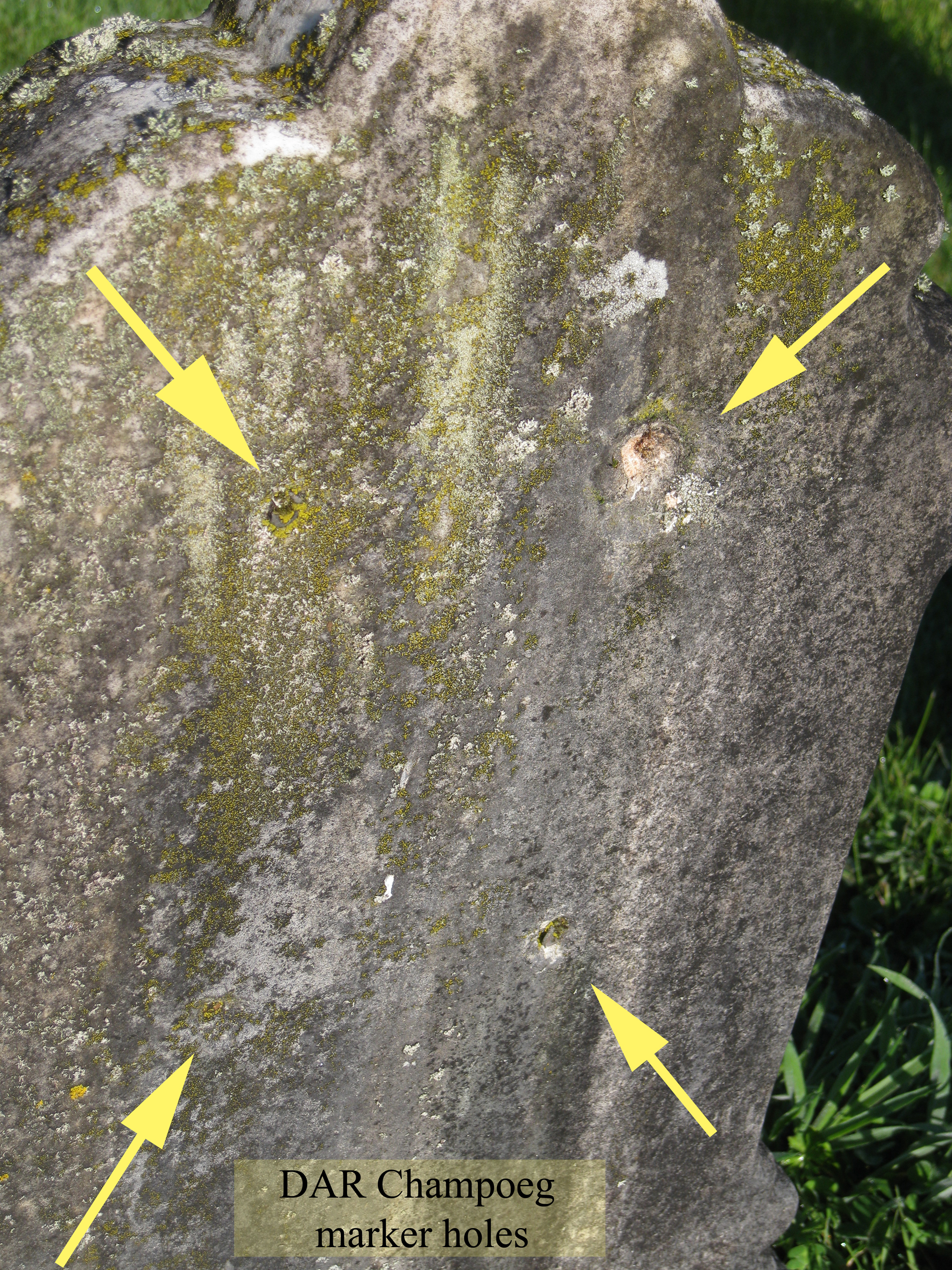More information about Mr. Lewis:
"REUBEN LEWIS was born of Welsh descent in Tompkins county, New York, March 20, 1814. Little opportunity was afforded him as a boy to get an education in schools. He left home at an early age, working as a towboy on the New York canal. Later he went to Iowa, where he remained until Dr. White's wagon train started for Oregon in 1842. This he joined in the capacity of a hunter for Gabriel Brown and family, and walked practically every step of the way. When Fort Hall was finally reached in the middle of August Lewis, with a few pack horses and supplies, left the company and journeyed by himself to Oregon City. There he assisted in erecting a sawmill and there worked for two years. Lewis was present at the Champoeg meeting May 2, 1843, and was elected constable. On February 12, 1844, he was married to Folly Ann Frazer, who had come out in the wagon trail the previous year. This marriage was performed by Reverend Mr. Waller of the Methodist Mission. The same year, he settled on his donation land claim of 640 acres located in the hills between Turner and Aumsville. Here he lived a quiet life until the gold rush of 1848, when he went to the mines in California and was successful in finding gold on Feather river. In an afternoon from one crevice there he took out with his penknife $100 worth of the precious metal. In 1856 he made a sea voyage, going by way of the Isthmus of Panama and New York to Wisconsin, for the purpose of getting his mother, who accompanied him back over the same route. Reuben Lewis was a thrifty farmer, but generous toward all the less fortunate. Near his donation claim was a spot used by immigrants while seeking for locations of their own. It was his custom to slaughter a beef and divide it among the arrivals who were exhausted and hungry after months of travel." -Excerpt from "MEN OF CHAMPOEG" by Caroline C. Dobbs
More information about Mr. Lewis:
"REUBEN LEWIS was born of Welsh descent in Tompkins county, New York, March 20, 1814. Little opportunity was afforded him as a boy to get an education in schools. He left home at an early age, working as a towboy on the New York canal. Later he went to Iowa, where he remained until Dr. White's wagon train started for Oregon in 1842. This he joined in the capacity of a hunter for Gabriel Brown and family, and walked practically every step of the way. When Fort Hall was finally reached in the middle of August Lewis, with a few pack horses and supplies, left the company and journeyed by himself to Oregon City. There he assisted in erecting a sawmill and there worked for two years. Lewis was present at the Champoeg meeting May 2, 1843, and was elected constable. On February 12, 1844, he was married to Folly Ann Frazer, who had come out in the wagon trail the previous year. This marriage was performed by Reverend Mr. Waller of the Methodist Mission. The same year, he settled on his donation land claim of 640 acres located in the hills between Turner and Aumsville. Here he lived a quiet life until the gold rush of 1848, when he went to the mines in California and was successful in finding gold on Feather river. In an afternoon from one crevice there he took out with his penknife $100 worth of the precious metal. In 1856 he made a sea voyage, going by way of the Isthmus of Panama and New York to Wisconsin, for the purpose of getting his mother, who accompanied him back over the same route. Reuben Lewis was a thrifty farmer, but generous toward all the less fortunate. Near his donation claim was a spot used by immigrants while seeking for locations of their own. It was his custom to slaughter a beef and divide it among the arrivals who were exhausted and hungry after months of travel." -Excerpt from "MEN OF CHAMPOEG" by Caroline C. Dobbs
Inscription
Gone but not forgotten
Family Members
Advertisement
Records on Ancestry
Advertisement


















